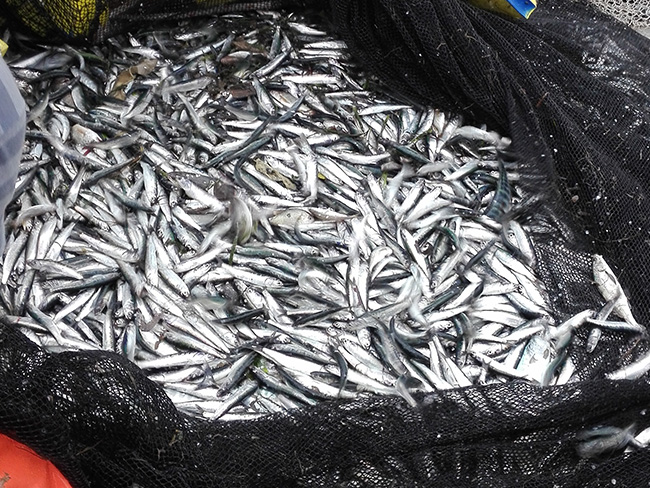Coastal Resources
Thematic focus
Programme Area 1 (PA 1) provides knowledge for societies on their way towards a sustainable blue economy by focusing on a better fundamental understanding of coastal resources, their sustainable use and their conservation. Beyond the ocean-climate nexus, it places emphasis on issues of biodiversity, market development and livelihoods.
Coastal resources are understood as a relevant component of the coastal environment available to local communities. They comprise exploited and non-exploited resources as well as both living resources - notably the whole diversity of organisms that characterises marine tropical ecosystems – and non-living resources. For instance, freshwater availability and its use and disposal in coastal tourism are considered in relation to coastal communities and ecosystems.
The blue economy is quickly developing along tropical coasts. Following the UNEP IRP definition,[1] it can provide important contributions to SDGs on ‘zero hunger’, ‘affordable and clean energy’, ‘clean water and sanitation’, ‘decent work and economic growth’, and ‘life below water’. However, pursuing a blue economy could also pose challenges to critical ecosystem services and coastal communities that need to be addressed, and the sustainable use and conservation of coastal resources is inherently intertwined with social perceptions and goals. Appropriate and effective governance across multiple levels are key. PA 1 therefore also focuses on governance challenges and solutions, including their dimensions of diversity, equity, social justice, and property-rights aspects for coastal communities and across jurisdictions. Thus, PA 1 covers interdisciplinarity from the natural to the social sciences.
[1] A Blue Economy is understood as an ‘ocean-based economy that provides equitably distributed social and economic benefits for current and future generations, while restoring and protecting the intrinsic value and functionality of coastal and marine ecosystems and is based on clean technologies and circular material flows’ (cf. UNEP IRP 2021).





